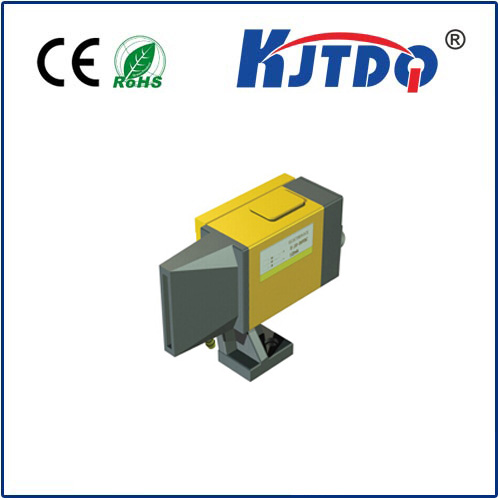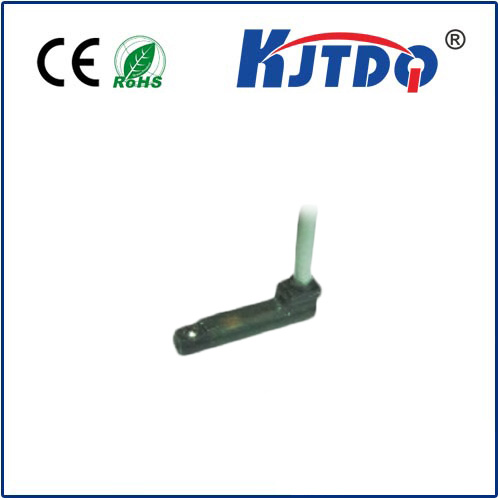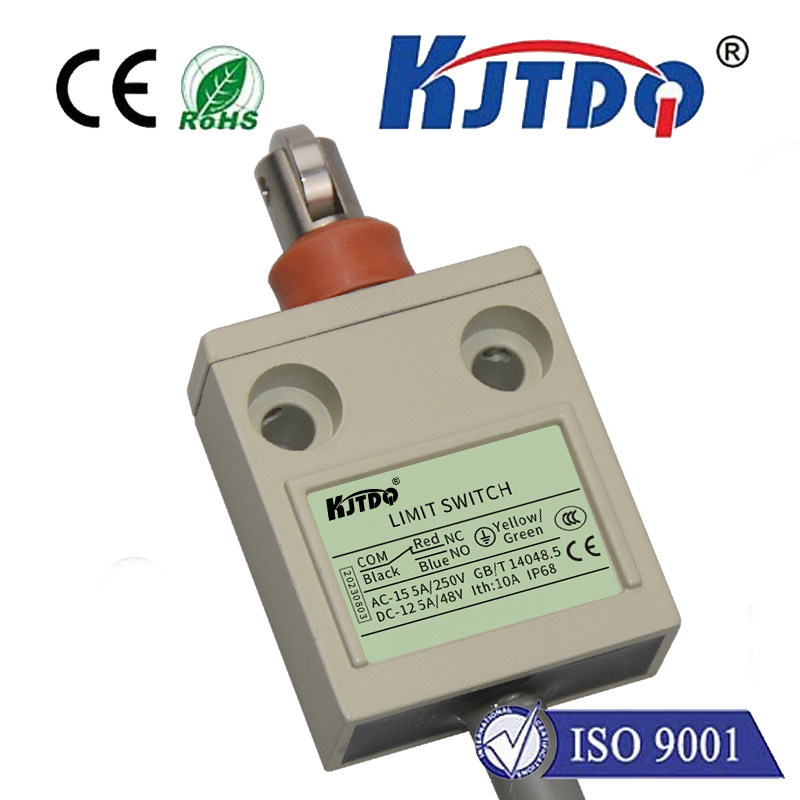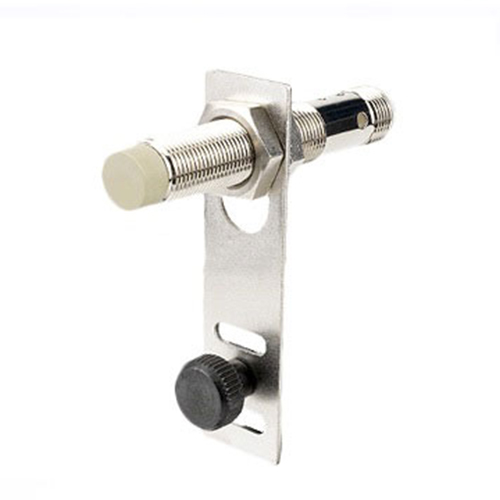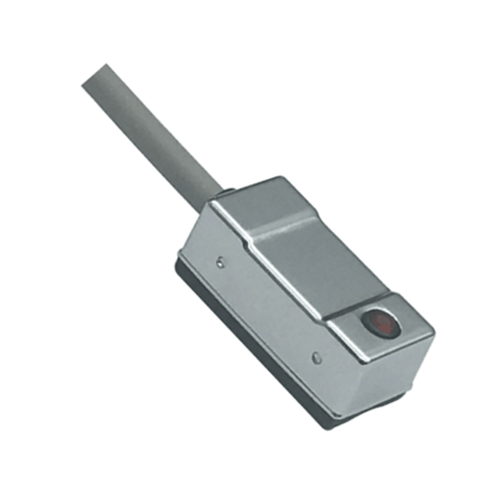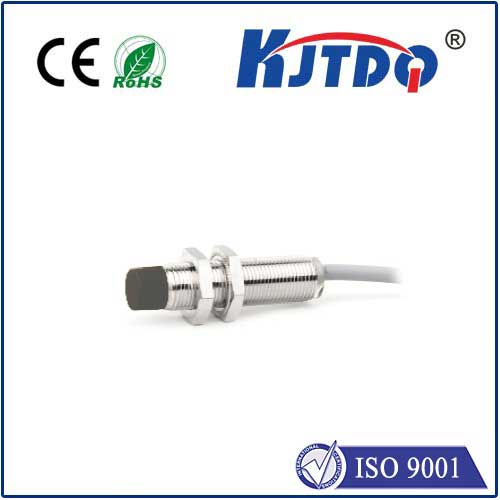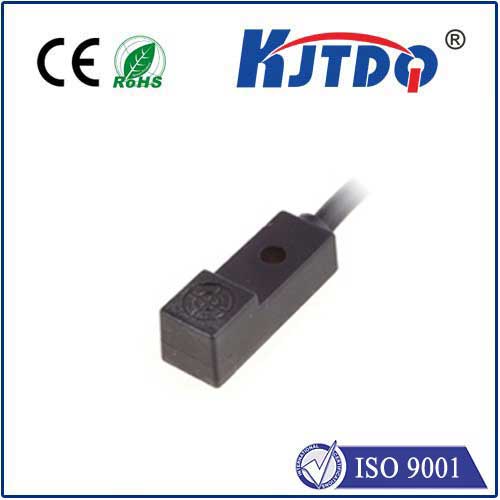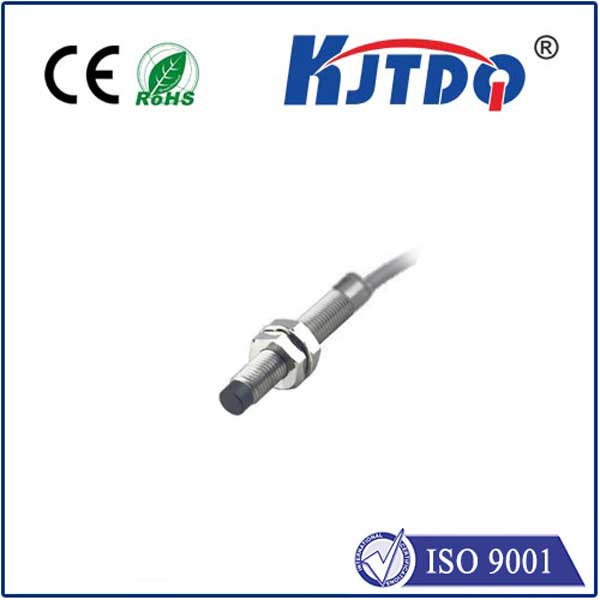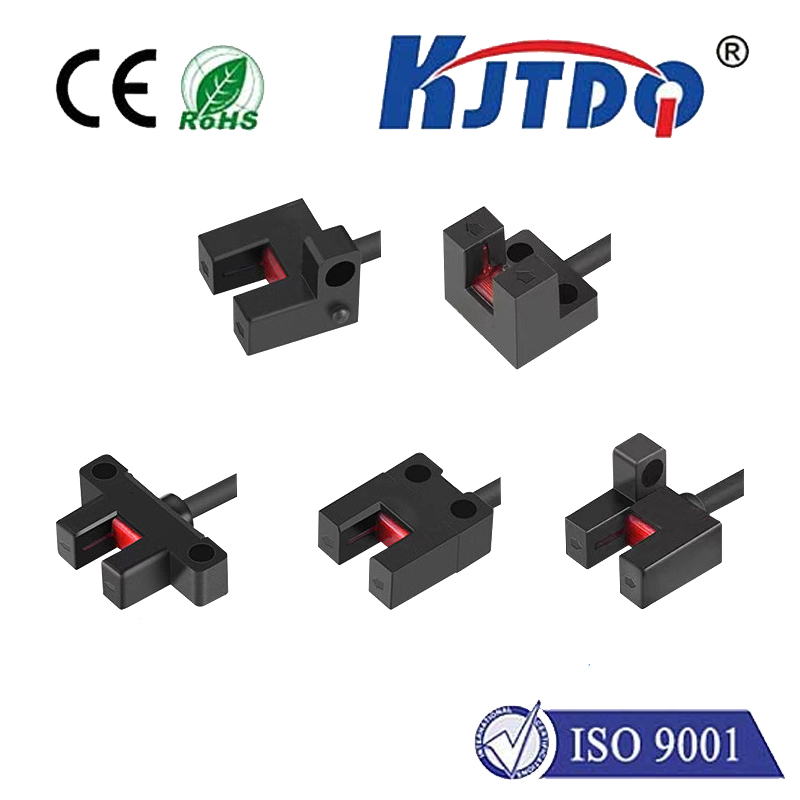E3ZM-LS67H diffuse sensor with background suppression
- time:2025-09-26 01:07:55
- Click:0
OMRON E3ZM-LS67H: Precision Diffuse Sensing with Reliable Background Suppression
Imagine a bustling production line where packages stream along a conveyor. Your sensor needs to detect every single box accurately, ignoring the metal framework behind it, the passing workers, or the next conveyor segment further back. Traditional diffuse sensors might falter here, triggering falsely on the background or missing objects altogether. This is where advanced technology like the OMRON E3ZM-LS67H Diffuse Sensor with Background Suppression truly shines, offering unparalleled precision and reliability in challenging detection scenarios.
Understanding Diffuse Sensing and the Background Suppression Advantage
Diffuse photoelectric sensors work by emitting a beam of light (typically visible red or infrared) and detecting the portion of that light diffused or scattered back towards the sensor by the target object itself. They don’t require a separate reflector, simplifying setup.
The critical challenge arises when there are objects behind or beyond the intended target. Traditional diffuse sensors simply measure the amount of light returning. If a distant background object (like a wall or machinery) is highly reflective, it might return enough light to trigger the sensor falsely, making it seem like a target is present when it’s not. Conversely, a low-reflectivity target close to a dark background might not reflect enough light and could be missed.

Background Suppression (BGS) solves this problem intelligently. Instead of just measuring light intensity, BGS technology determines the distance or position of the object reflecting the light. The E3ZM-LS67H achieves this through a principle often called triangulation or spatial filtering:
- Transmit and Receive: The sensor projects a focused beam of light (in this case, a high-intensity visible red LED).
- Receiving Optics: The sensor employs a special lens system (like a position-sensitive detector) that focuses reflected light onto different points depending on the distance the light travelled.
- Distance Evaluation: The sensor’s internal circuitry analyzes precisely where on the receiving element the light falls.
- Suppression: Crucially, the E3ZM-LS67H is programmed to only react to light reflected from objects within a very specific, pre-defined distance range. Light reflected from objects beyond this range (the background) is deliberately ignored, regardless of how reflective that background is.
Why the OMRON E3ZM-LS67H Stands Out
The E3ZM-LS67H exemplifies the practical application of background suppression technology, offering distinct advantages, especially in its 300mm sensing range configuration:
- Unwavering Reliability Against Variable Backgrounds: This is the core strength. Whether the background is a bright white wall, reflective stainless steel, or dark machinery, the E3ZM-LS67H maintains consistent detection of the target within its defined sensing zone. It effectively eliminates false triggers caused by objects outside the detection range. This translates directly to fewer machine stoppages, improved quality control, and reduced downtime.
- Precise Detection Point: Unlike standard diffuse sensors whose effective range can shift slightly based on target color and reflectivity, background suppression creates a much sharper, more consistent sensing threshold. Objects reliably trigger only once they physically enter the fixed sensing distance threshold. This precision is vital for applications requiring accurate positioning.
- High Immunity to Target Color/Reflectivity Variations (Within Range): Once an object is within the suppressed background zone, the E3ZM-LS67H generally performs well across a range of target colors and surface finishes, especially with its powerful red LED. While very dark or matte black objects will still be more challenging than highly reflective ones, the background suppression aspect ensures that only the proximity of the object matters for the ON/OFF decision relative to background noise.
- Visible Red Beam Alignment: The bright red light spot makes initial setup, fine-tuning, and troubleshooting significantly easier compared to infrared sensors. You can visually confirm where the beam is striking and adjust positioning for optimal detection.
- Robust Industrial Design: Built to withstand demanding environments, the E3ZM-LS67H boasts an IP67 rating, making it resistant to dust ingress and low-pressure water jets. Its compact M18 cylindrical housing and robust construction ensure longevity even on vibrating machinery.
- Versatile Output Options: Available in models with NPN or PNP output configurations (3-wire) and Light-ON/Dark-ON operation, allowing easy integration into various control systems.
Key Applications for the E3ZM-LS67H Diffuse Sensor
Where does this precision matter most? The E3ZM-LS67H excels in numerous industrial automation settings:
- Object Detection on Conveyors: Counting bottles, detecting boxes, triggering sorters or diverters, reliably distinguishing packages from the conveyor bed or structures behind it.
- Bin/Pallet Level Sensing: Accurately detecting the presence or absence of objects (parts, materials) in containers, bins, or on pallets, ignoring the container walls or the floor beyond. Preventing overfills or empty runs.
- Presence Verification in Assembly: Confirming a part is correctly placed in a fixture or jig before the next process step, even if the fixture is metallic or reflective.
- Machine Guarding & Safety: Monitoring access points or guarding positions, detecting intrusion within a precise zone.
- Robotics: Detecting parts picked by grippers or confirming part placement, unaffected by the robot arm or surrounding environment beyond the set range.
- Packaging Machinery: Verifying flap closure, detecting labels, or ensuring carton formation.
Optimizing Performance and Installation Tips
To get the maximum performance from your E3ZM-LS67H:
- Understand the Sensing Window: Background suppression creates an effective “window” of detection. Objects must physically break into this zone. Consult the datasheet for the specific sensitivity curve related to distance and object color.
- Align Carefully: Use the visible red beam for precise alignment onto the desired detection point. The position where the beam hits the target relative to the sensor body affects the distance reading.
- Mount Securely: Ensure the sensor is rigidly mounted to prevent vibration-induced misalignment, which can affect the accuracy of the triangulation.
- Consider the Target: While excellent, understand that extremely low-reflectivity targets (deep matte black) at the maximum range might still require careful tuning. Objects must reflect enough light back to the receiver to be detected.
- Mind the Environment: While robust, severe airborne contamination (fog, dense smoke) can scatter light and potentially impair performance. Avoid direct intense ambient light shining into the receiver lens. Its IP67 protection makes it suitable for many washdown areas.
The OMRON E3ZM-LS67H diffuse sensor with background suppression represents a significant leap forward in reliable object detection. Its ability to consistently ignore backgrounds up to 300mm away, coupled with its robust industrial design and visible red LED for easy alignment, makes it an indispensable tool for engineers seeking to eliminate false signals and enhance the precision and uptime of their automated systems. In environments where reliable proximity sensing is paramount, the E3ZM-LS67H delivers dependable performance where simpler sensors often struggle.






